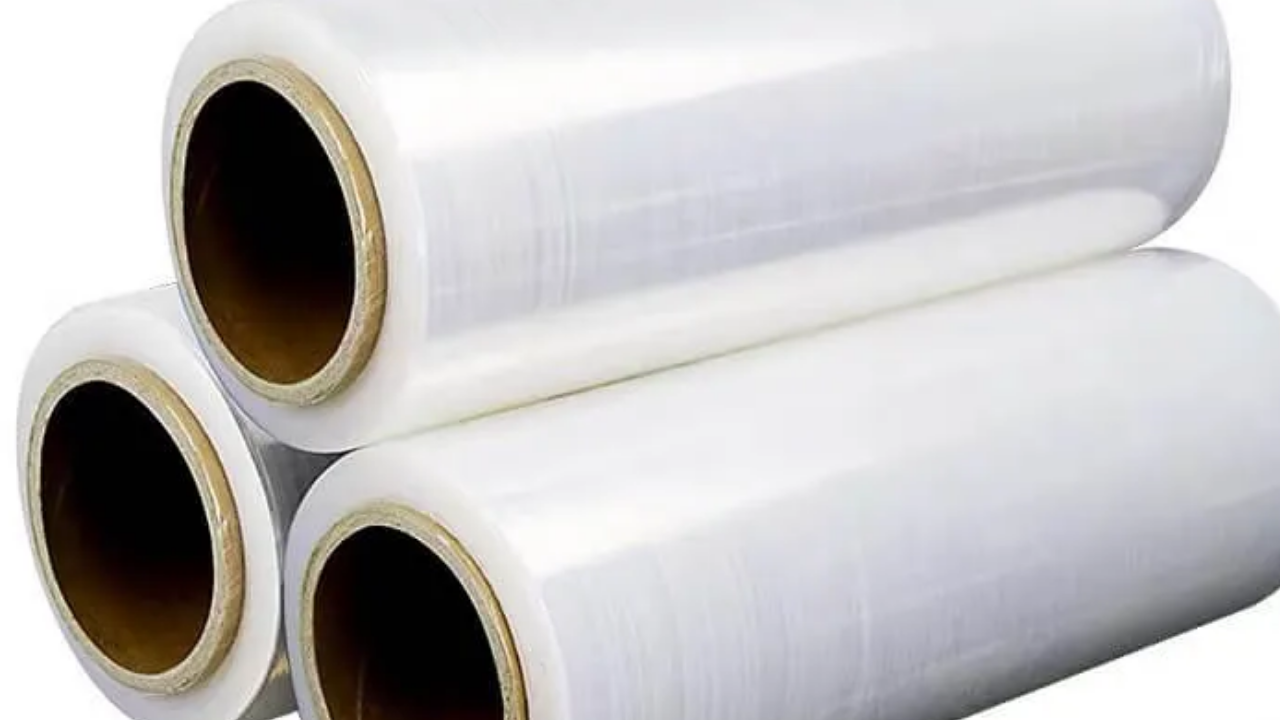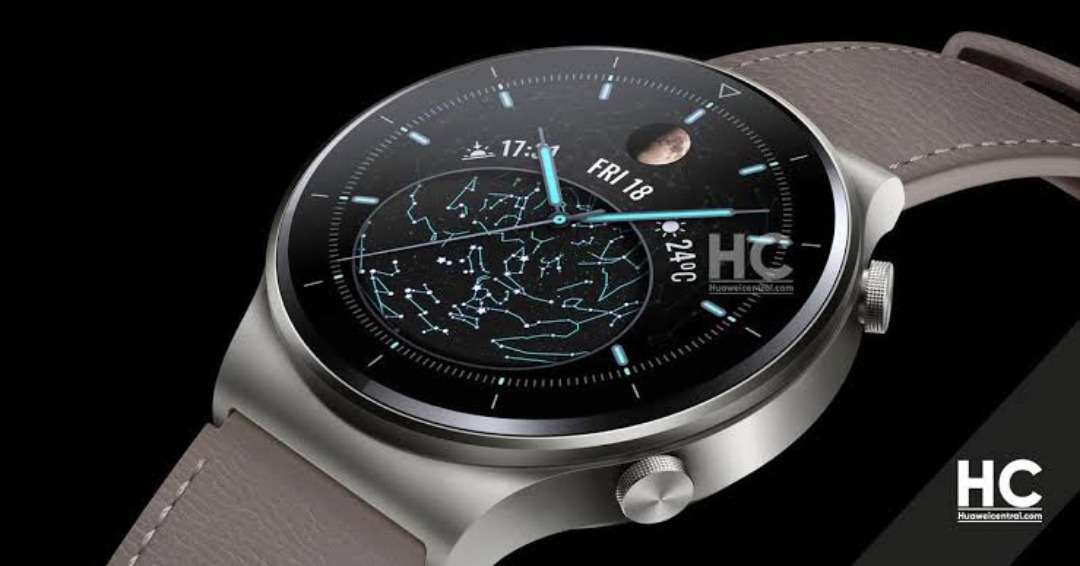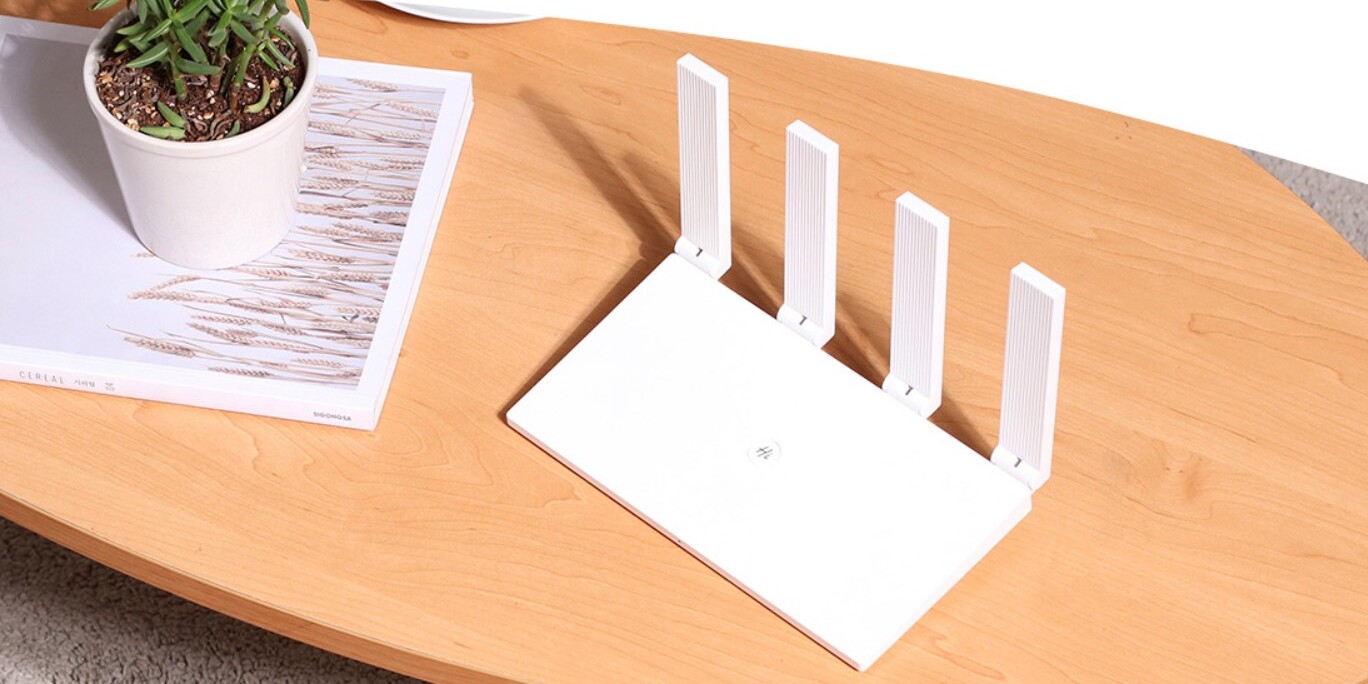Heat shrink wrap is frequently mistaken for stretch film and is made up of a range of plastic polymers intended to contract when heated. Polyolefin, PVC, polyethylene, and polypropylene are examples of common polymers in use. Everywhere in the world, heat shrink wrap is used as a packaging solution for everything from bundling hardware to wrapping frozen pizzas.
The top-notch film, material thicknesses, and equipment can all aid in streamlining and increasing the efficiency of production. Heat shrink wrap is a general phrase that covers a wide range of goods used in numerous sectors. Heat shrink wrap can be anything from marine shrink wrap rolls to centerfold shrink wrap, shrink tubing, shrink bags, and more. Our clients frequently refer to our stretch film products as shrink wrap.
An altogether different product with distinct functions and applications is a “pallet shrink wrap.” When employing a heat shrink wrap roll, clarity is frequently a problem. People often want a high-clarity film for retail displays. Because of the product’s excellent clarity, customers may view it before buying. Shrink wrap film thickness and composition both affect overall clarity. More haze is present in the thicker film than the thinner film.
Different Types of Heat Shrink Wrap Rolls
Polyvinyl chloride, polyolefin, and polyethylene are the three fundamental film types that are used in shrink wrapping to protect and secure goods for retail and transportation applications. Each of these materials has special traits and skills that make them suitable for various applications.
Shrink films can be shaped into bags, overwrap, banding, flattened roll stock, and tubing and are flexible. They can offer bundled objects tamper-proof protection. The three primary varieties of shrink film are compared here, along with some examples of each type’s normal uses:
Polyvinyl Chloride (PVC)
PVC was once the most popular type of shrink packaging in the world due to its lightweight properties, low cost, and multipurpose qualities. Since then, polyolefin (POF) and polyethylene (PE) have replaced it due to a variety of factors, including the health risks it poses when being produced and burned, as well as its level of sustainability.
PVC is employed in industries like building and home furnishings because of its rigid form’s durability. PVC is used in both flexible and rigid packaging designs, such as shrink film and bagging, as well as stiff ones, such as blister and clamshell packaging.
Use of PVC
In addition to the healthcare, electronics, and automobile industries, PVC is used in a variety of applications in the building and construction industries. Products made from it include piping and siding, blood bags and tubing, wire and cable insulation, windscreen system parts, blister packs, clamshells, and more. PVC shrink film can be used to package CDs and DVDs, as well as to make boxes for video game and software products and other non-edible things.
Polyolefin (POF)
Shrinkable polyolefin (POF) film is a high-end alternative since it is incredibly strong and adaptable. It is an FDA-approved food-safe polymer that has replaced PVC in numerous applications. There are various POF materials with various properties. Cross-linked film is one choice; it offers excellent tensile strength and outstanding clarity for high-speed packing applications. Additionally, cross-linked film prevents buildup on your machinery’s seals parts.
Longer rolls of film may be produced with narrower gauges thanks to POF’s increased strength. As a result, roll change-over is reduced, and productivity and efficiency both rise. Because of its superior resistance to piercing and sealing strength, POF shrink film can safeguard oddly shaped products throughout the entire supply chain.
Use of POF
Toys, games, and confectionery are among the Games and toys are typical POF shrink film applications, as well as any consumer product appearances are important. It is adaptive. Depending on whether you require barrier layers or MVTR, additives can be applied to this packing sheet to provide you with the exact solution you desire.
Polyethylene (PE)
When ethylene is added to other monomers during polymerization to generate polyethylene, a kind of polyolefin, a single-monomer film is produced. PE is a substance that is used in both stretch film and shrink film, two forms of flexible protective packaging with quite different properties. The three most popular varieties of PE are high-density polyethylene, linear low-density polyethylene, and low-density polyethylene.
Use of Polyethylene
Polyethylene is advantageous for wrapping hefty multi-packs, such as many bottles of water or beverages. It can extend farther than other films and is quite strong. Similar to polyolefin, polyethylene has FDA approval for interaction with food. Polyethylene may be expanded up to 1200-gauge, making it perfect for wrapping vehicles like boats for storage.
Final Words
Make sure you are aware of the shrink film requirements for the product application. Give one of our packaging specialists a call if you need assistance. Shrink film is a product that KEEPTOP Packaging provides. Offering our consumers and small business owner’s high-quality, reasonably priced items is something we take great pride in at KEEPTOP.







